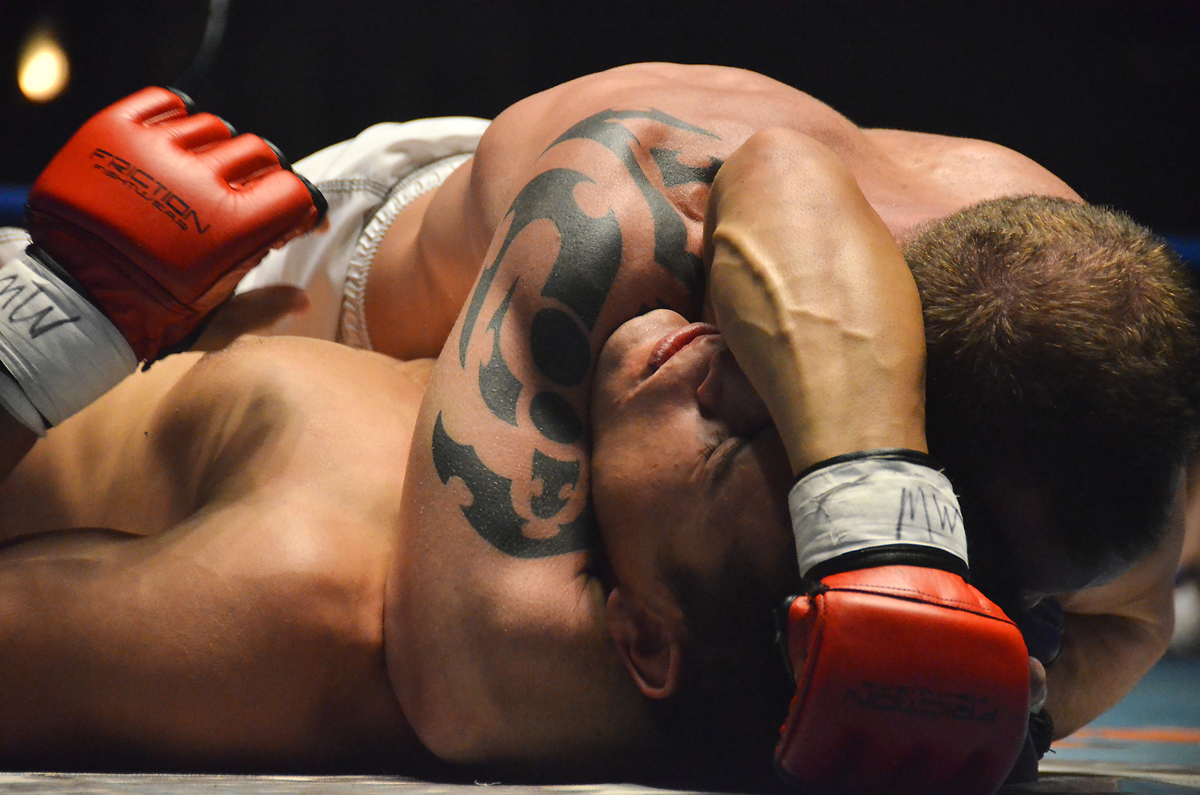I hate Gi
… said one of our members during Sunday morning training. This made me laugh because I’ve said the same thing many times over the years. But it got me thinking. Those times when I said I hated gi, I didn’t hate it all the time. When I was choking someone with a collar choke, gi was awesome. I mainly hated gi when I was in side control bottom and couldn’t escape.
Strange. I didn’t hate gi when I was under knee ride and couldn’t escape. Or when I couldn’t pass someone’s spider guard.
My introduction to BJJ was very traditional (here’s three random techniques, now let’s roll). The techniques were always shown in intricrate detail. This was great when I could successfully apply the techniques, but not so good when I couldn’t. The more detail I had on a technique, the worse I felt when I couldn’t apply it.
To escape knee ride, insert frames then move your hips away. That’s pretty simple. If I couldn’t escape it’s because either my frames weren’t working or I wasn’t moving my hips. I could troubleshoot on the fly.
I was never shown any effective ways to deal with the spider guard, so it was always an interesting puzzle when I found myself there.
But side control bottom. I knew so much about the technique to escape that position. My hands had to be placed in a precise position. My feet needed to be angled just right. I needed to bridge on a perfect angle. My shoulders needed to be rounded. I needed to move my hips in a precise way after the bridge. I needed to insert my knee to the exact depth… I drilled (back then I though dead repetitions were drilling) that technique until it looked like Aikido.
But it rarely worked in a roll. Which is why I hated the gi. I knew so much detail about the technique that of course I was doing it correctly. My opponents were grabbing onto my gi and preventing my escape, and so the gi was to blame. (Yep, ego problems aplenty there).
I now understand that the problem was an excess of theoretical knowledge and a lack of experiential knowledge. My experience as a coach and instructor has taught me that showing less detail on a technique (and even avoiding techniques altogether) paradoxically produces athletes that are much more competent and technically proficient. When I limit myself to only sharing the one or two concepts of a position that have the biggest effect on success, the athletes will fill in the minor details themselves as they experiment during drilling. The knowledge they gain is all experiential, which means it is retained easier and internalised faster.
So how do I teach side control escapes now? Simple, “Don’t let your opponent control your head. Then either get your guard or turn to your knees and attack”. I’ll add details such as posture and movement as they drill, but the important points have already been made. This method limits frustration as the athlete is now thinking “How do I achieve this goal”, rather than “But I’m doing all the moves right, why isn’t it working”.




Leave a Reply
Want to join the discussion?Feel free to contribute!